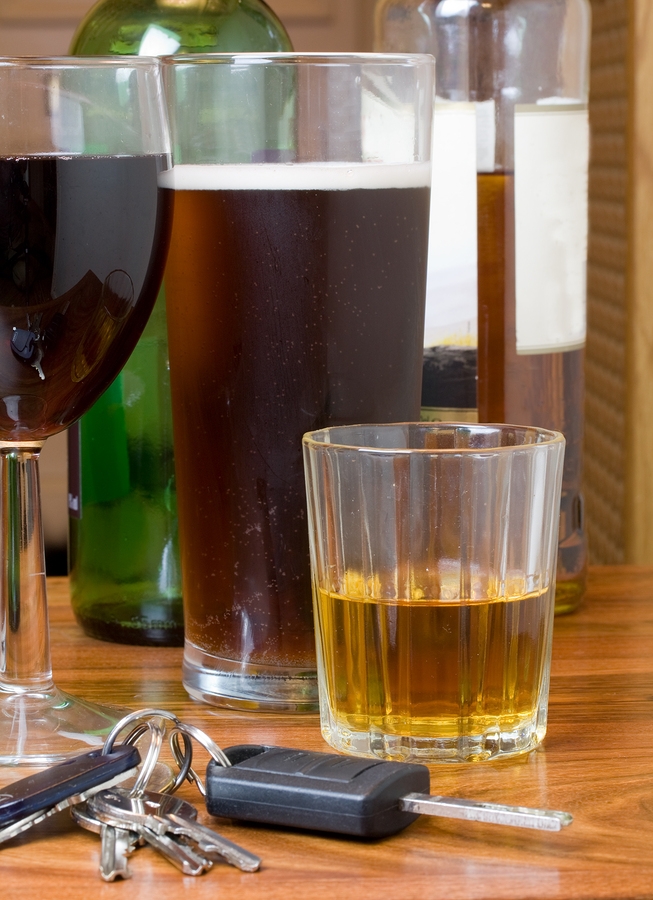The Breath Alcohol Test Explained
 Alcohol is an intoxicant produced by the fermentation of yeast, sugars, and starches. This process is used to create alcoholic beverages like beer, wine, and liquor. After being consumed, alcohol is rapidly absorbed into the bloodstream as the blood continually circulates through the digestive system. As a central nervous system depressant, alcohol has immediate effects on the body that can vary in direct relation to the volume consumed. Individual reactions will differ based on a number of factors, such as age, gender, and the amount of food eaten before or while drinking.
Alcohol is an intoxicant produced by the fermentation of yeast, sugars, and starches. This process is used to create alcoholic beverages like beer, wine, and liquor. After being consumed, alcohol is rapidly absorbed into the bloodstream as the blood continually circulates through the digestive system. As a central nervous system depressant, alcohol has immediate effects on the body that can vary in direct relation to the volume consumed. Individual reactions will differ based on a number of factors, such as age, gender, and the amount of food eaten before or while drinking.
A breath alcohol test provides an estimate of the alcohol concentration in the blood. This information is easily obtained by testing the amount of alcohol contained in the air exhaled (breathed out). Commonly used by legal authorities to determine whether an individual is legally impaired and should not drive, a blood alcohol test can be used to make informed decisions about driving and operating machinery after drinking. That’s because the results can educate an individual about much alcohol it takes to raise his or her blood alcohol concentration to a dangerous level. The test can also be useful for post-accident evaluation, and some employers require a candidate to complete one before an offer of employment is extended.
The basic principle behind breath analysis is the evaporation of alcohol from the circulating blood into the air in the lungs, which occurs during the breathing process. As blood travels through the walls of the stomach and other digestive organs, it picks up alcohol that was consumed. Even though the liver metabolizes alcohol, it is only capable of processing a small amount at a time, so any excess alcohol will remain in the blood as it passes out of the liver. The blood is then pumped through the lungs before it flows back to the heart to be distributed to other areas of the body.
During the breathing process, carbon dioxide (a waste product) is exchanged for oxygen in the blood. The carbon dioxide evaporates from the blood into the breath, as does a representative amount of any alcohol that is present. The quantity of alcohol that evaporates into the breath depends on the concentration of alcohol in the blood. In Florida and most other states, a person over the age of 21 with a blood alcohol level in excess of 0.08% is considered to be legally intoxicated, and some states and employers impose stricter regulations.
To learn more, or if you would like to take a breath alcohol test, please contact or visit South Tampa Immediate Care walk-in clinic today. We offer breath alcohol and other screening tests in a convenient, comfortable, and discreet environment, and no appointment is needed.













